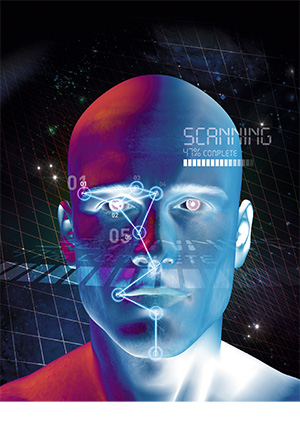Online identity verification technologies look set to become a key part of the i-gaming infrastructure. INTERGAMINGi takes a closer look.

ON the face of it, identity verification for online gaming is a simple matter of using increasingly sophisticated technology to prove that the person planning to place an online bet or play a slot or table game is the person that they say they are.
It is a means to check age and location criteria are in line with regulations and identity verification can – along with geolocation - go a considerable way to satisfy compliance requirements in regulated markets. Proprietary computer vision technology can be deployed to scan a face or to accurately read and record identity documents.
In terms of “knowing your customer” it may not yield a 100 per cent guarantee that this person is who they claim to be but it is an improvement on simply asking that players are over the required minimum age.
This verification is now extending to biometrics too. The iPhone 5s and Samsung S5 smartphone models both incorporate a fingerprint scanner while face recognition software has seen huge technological advances in recent years.
Key to the success of new robust verification measures, including biometrics, is their appeal to the punter. Operators seeking ever higher guarantees about player identity may seek additional “proof” from the bettor beyond a simple statement but the player may see no advantage in providing it, especially when another operator just a few clicks away may not be so demanding.
At the Mobile and Tablet Gaming Summit in London in late 2013, a panel of players were in firm agreement that ease of logging into their betting accounts was an important factor in deciding which sites to visit. Convenience can be a major factor, especially to the casual player.
Read the full article in the issue 4 of iNTERGAMINGi

